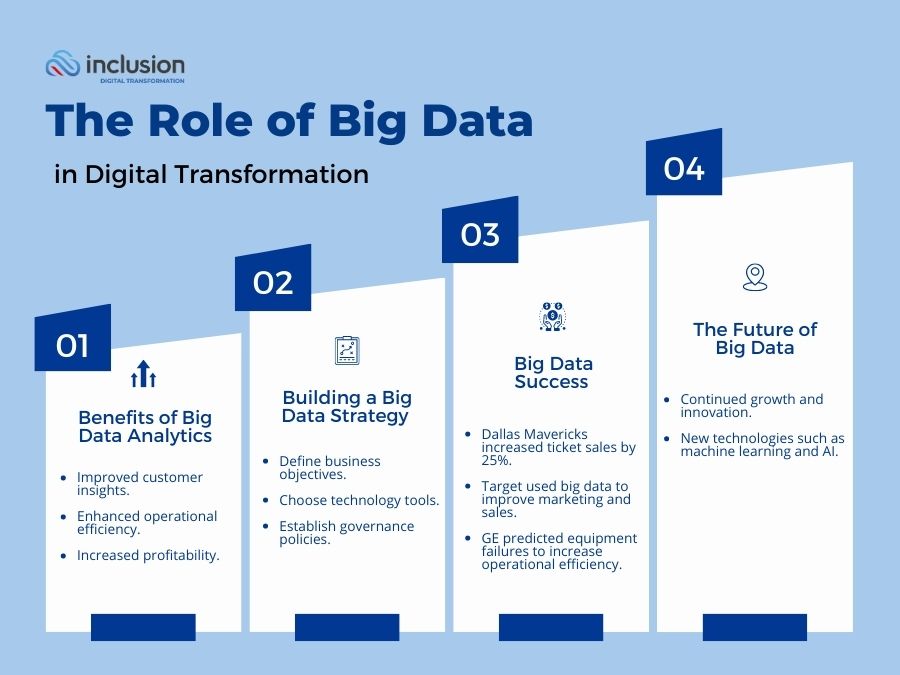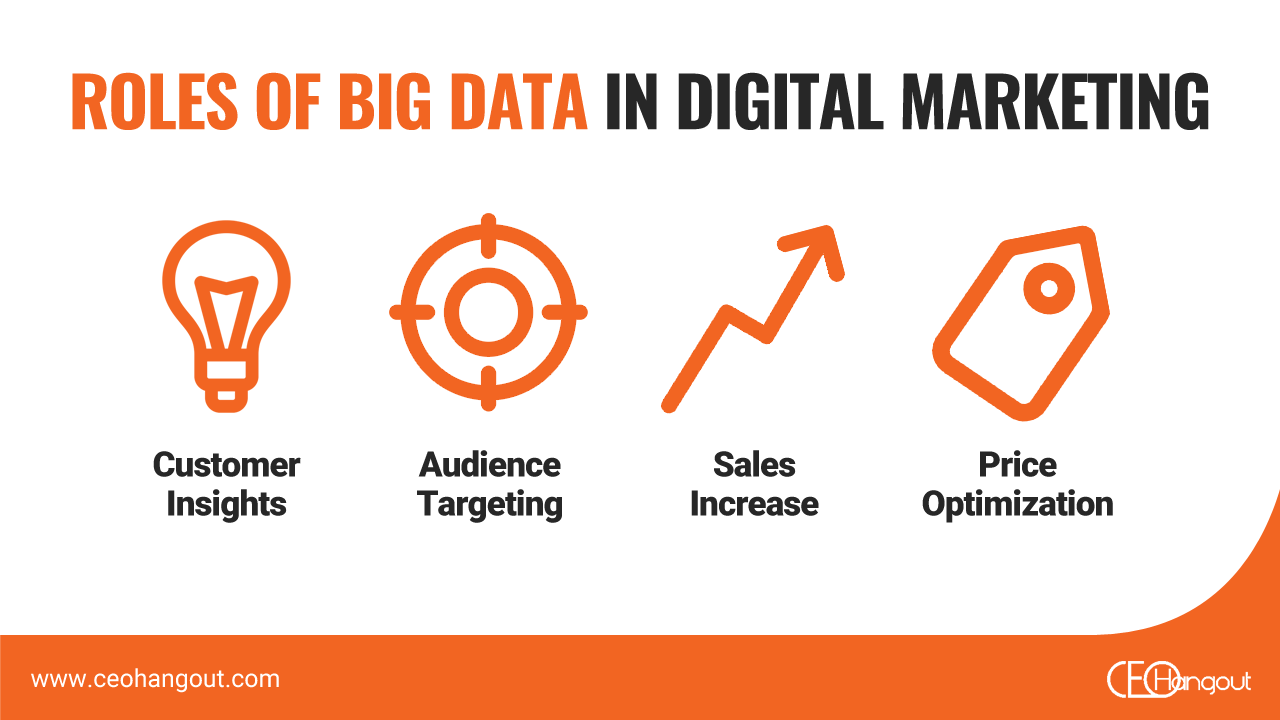The Power of Big Data: How it’s Revolutionizing Business and Transforming Industries

As we navigate the digital age, the concept of big data has become increasingly prominent in the business world. It’s no longer a buzzword, but a transformative force that’s revolutionizing the way companies operate, analyze, and make decisions. In this article, we’ll delve into the world of big data and explore its role in transforming businesses.
The Basics of Big Data
Before we dive into the transformative power of big data, let’s first understand what it is. Big data refers to the vast amounts of unstructured, semi-structured, and structured data that organizations collect, process, and analyze. This data can come from various sources, including customer interactions, social media, sensors, IoT devices, and more.
The 3 Vs of big data are:
- Volume: The sheer amount of data generated by various sources.
- Velocity: The speed at which data is generated and processed.
- Variety: The types of data, including text, images, audio, and video.
By harnessing big data, organizations can extract valuable insights that inform their business strategies, operations, and decision-making processes.
How Big Data is Transforming Businesses
Big data has far-reaching implications for businesses across all industries. Here are some ways it’s transforming them:
- Personalization: With the help of big data analytics, businesses can create personalized customer experiences, tailor their offerings to individual preferences, and improve customer satisfaction.
- Predictive Analytics: Big data enables organizations to make predictions about customer behavior, product demand, and market trends, helping them stay ahead of the competition.
- Operational Efficiency: Big data helps companies streamline their operations, reduce costs, and improve productivity by identifying areas of inefficiency and optimizing processes.
- Marketing and Sales: Big data provides valuable insights for marketers, enabling them to target the right audience, measure campaign effectiveness, and create engaging content.
- Risk Management: By analyzing big data, organizations can identify potential risks, prevent fraud, and ensure regulatory compliance.

Real-World Examples of Big Data in Action
Let’s look at some examples of how big data has transformed businesses in various industries:
- Retail: Amazon uses big data to predict customer purchases, personalize product recommendations, and optimize supply chain logistics. This has enabled the company to maintain its position as the world’s largest online retailer.
- Healthcare: The use of electronic health records (EHRs) has created a vast amount of patient data that can be analyzed to identify trends, predict outcomes, and improve patient outcomes.
- Finance: Big data has enabled financial institutions to detect and prevent fraud, credit card transactions, and identify high-risk customers.
The Challenges of Implementing Big Data
While big data offers numerous benefits, organizations may encounter challenges when implementing it. Some of the common hurdles include:
- Data Quality: Poor data quality can lead to inaccurate insights and ineffective decision-making.
- Data Management: Managing and storing large volumes of data can be complex and expensive.
- Technical Skills: Developing the necessary technical skills and expertise can be time-consuming and costly.
Overcoming the Challenges of Big Data
To overcome these challenges, organizations should:
- Develop a Data Strategy: Establish a clear data governance strategy, define data quality standards, and ensure data consistency across the organization.
- Invest in Data Management Tools: Leverage data management tools, such as cloud storage and databases, to streamline data processing and analytics.
- Train Employees: Provide employees with the necessary technical skills and training to work with big data.
How to Get Started with Big Data
If your organization is considering implementing big data, here are some steps to get started:
- Conduct a Needs Assessment: Identify the business needs and goals for big data implementation.
- Develop a Data Strategy: Establish a clear data governance strategy and data quality standards.
- Choose the Right Tools: Select the necessary data management tools, including cloud storage and databases.
- Train Employees: Provide employees with the necessary technical skills and training to work with big data.
- Monitor and Evaluate: Continuously monitor and evaluate the effectiveness of big data implementation and make adjustments as needed.
Conclusion
Big data has the potential to transform businesses across all industries. By understanding the basics of big data, its transformative power, and the challenges involved, organizations can harness its benefits and stay ahead of the competition.
As you embark on your big data journey, remember to develop a data strategy, invest in data management tools, and train employees. By doing so, you’ll be well on your way to unlocking the full potential of big data and driving business success.
Share Your Thoughts
We’d love to hear from you! Share your experiences and insights on how big data has transformed your business or organization. What challenges have you faced, and how have you overcome them? Let’s continue the conversation in the comments below!
like and share this article with your network to help inspire others to start their big data journey

